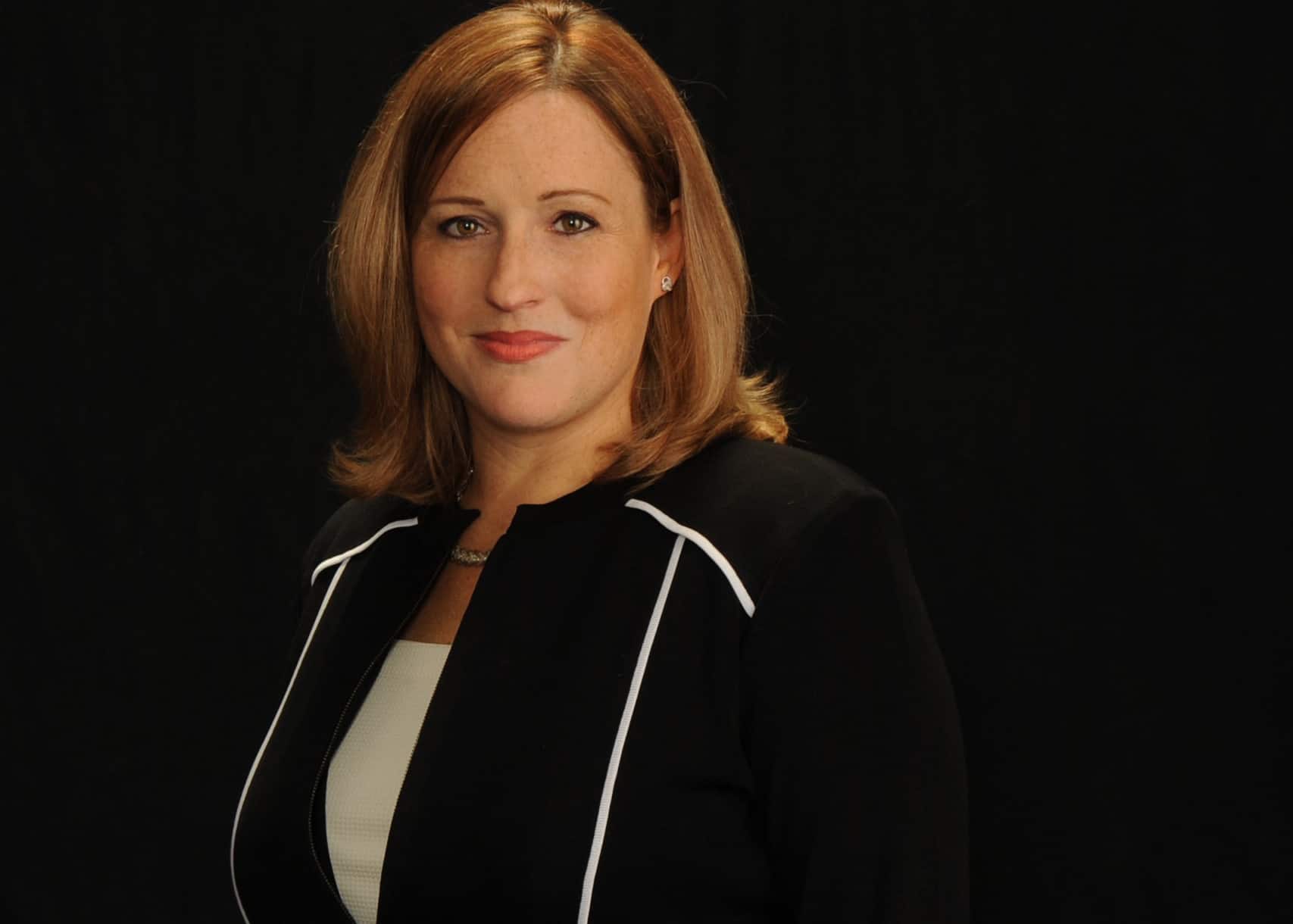Back in 2011, Lorelei Graye took a contract reporting position at the South Carolina Retirement System Investment Commission (SCRSIC). This was her first exposure to investments, and importantly private market investments, but she was a seasoned accountant and brought great experience in reconciliations and reporting.
SCRSIC had recently diversified into alternatives for the first time, and a state rule required it to disclose all costs. How hard could it be?
That question is still plaguing Graye, who is now the founder of the Adopting Data Standards Initiative (ADS) aimed at building collaborative global data standards for private capital.
“Investor statements were coming in the door and they were all different from one investment to the next. I couldn’t find anything wrong from an accounting perspective; it’s just the presentation was different,” she says of the experience.
SCRSIC set out to build a system that could assess all investments across consistent data points which would allow measurement, management and comparison across the returns and costs of the investments. And it is now a global leader in transparency.
“We built a process that was the highest level of assurance we could do at that time,” she says. “We were validating the waterfall of every investment, every quarter, and compiling it on an annual basis.”
The in-depth work was necessary to accurately tally the pension’s total investment costs given the inconsistent data in the regular reporting.
“In the absence of a standard, what develops is the variety of presentation formats we see today. I didn’t believe there was any conspiracy,” Graye says. “Occasionally there is some sensitivity around fees, but I’m not sure there’s a valid argument for not disclosing them in aggregate, and I have to say hats off to the GPs because nearly all of them participated in our efforts.”
PE cost transparency
The process piqued the attention of CEM Benchmarking, the independent global benchmarking and research organisation, which was hired to do a review of the pension fund’s investment costs and performance.
CEM found that only about 50 per cent of the investment costs that South Carolina reported in its annual financial report could be benchmarked to its peers, leading the experienced researcher to conclude that US public pension funds across the board were disclosing less than half of the private equity costs they were incurring.
It found that South Carolina for all its work and transparency was criticised for having higher fees when in reality it was just disclosing more of the associated costs than its peers at the time.
In a subsequent paper prepared in collaboration with Graye, The time has come for standardized total cost disclosure for private equity, CEM analysts broke down the complicated cost structures of private equity and looked at the reported fees versus the fees actually incurred by Limited Partners.
The report shows that carried interest, other fund-level fees and portfolio company fees represent more than half of the total private equity costs and pension funds that don’t report these are excluding substantial amounts.
Among other inaccuracies, highlighted in the paper, CEM concluded that the LP share of portfolio company fees was misrepresented by the industry as a management fee rebate or offset, or in other words full management fees minus the LP share of portfolio company fees. In fact, the actual costs incurred by an LP, the report said, are full management fees plus the GP share of portfolio company fees.
The authors analysed the CEM universe over the period 2012-2013 looking at private equity estimated costs and reported management fees. The analysis showed that estimated total direct LP costs were 3.82 per cent but the reported management fees were only 1.8 per cent.
“Due to the difficulty of collecting all cost components and the lack of standardised cost definitions, many funds are unable to report full PE cost,” the authors said.
(A more recent study by CEM shows the differences in implementation styles and related costs are a key driver of a wide dispersion in private equity results. See The bright and dark sides of PE.)
The CEM paper detailed the extent to which the SCRSIC staff worked hard to get fee transparency and consistency of reporting. The pension fund looked at their provided data including assessing contributions, invested value and distributions, and compared the expected full management fee and performance fee to the partnership contract terms. If there was any discrepancy the fund asked managers for explanations and documented it for future validations.
CEM said SCRSIC’s extensive validation process, that attempted to capture total investment costs, demonstrated the need for standardisation.
“People all over the world called to ask what we were doing to get the data – and I said: ‘we asked for it’. We challenged the notion that GPs were hiding information. In my experience GPs were willing to disclose but still it was such a massive undertaking for just one investor to obtain the consistent information. I am doing something similar with the ADS Initiative today because our objective of a common data standard defies conventional reporting practices. People in our field tend to believe it’s too complicated to solve but we are challenging the industry to think differently.”
Shifting the mindset
Graye thinks the reluctance is due to complexity and a belief that stakeholder groups cannot work together, rather than any motivation to hide anything. Part of that complexity comes from LPs and providers using their own templates to meet their individual needs.
South Carolina created a template for collecting data from its managers at the time, and many pension funds have followed suit meaning there are multiple templates in the market.
“With so many template versions the requests to GPs are burdensome. And everyone is using excel. Excel was not designed to be a mode of transport for data, it is a tool for analysis,” she says.
“We have to carve a path for the industry through the complexity. The problem is complex, but the solution is simple. Not easy, but it is simple.”
Graye’s experience has motivated her to be a part of the solution in heading up the ADS Initiative to develop global data standards for private capital.
With a hashtag #NotAnotherTemplate, the initiative aims to create a taxonomy or common framework that can be adopted for the exchange of data. Rather than saying what data points must be disclosed, ADS seeks to create a dictionary, or common language, for what might be disclosed and is looking for representation from all parts of the industry including LPs, GPs, administrators, consultants and custodians.
“To create a standard through cross collaboration we need a forum for representation from the different stakeholder groups – and that’s exactly what we have established,” she says. “We recognise neutrality is needed to lead the effort and that an independent body like ADS has to be created as a non-profit with balanced stakeholder participation across the industry to establish trust and legitimacy. Personally, it is a sacrifice, I’m leading ADS because I care about it. The purpose is optimisation and efficiency in LP and GP data exchange which is in the best interest of everyone.”
A common language with generally accepted definitions that allows a compliant reporting file to be ingested by any technology or system is the ultimate goal – data interoperability.
The ultimate benefit: Shave the extra layers off
Full transparency around fee disclosure has many benefits. Firstly, it allows investors to have a full picture of the costs they are paying and so assess value. This could lead to conversations with managers about fee levels and implementation styles. But it also leads to a conversation about the hidden costs of investment.
“Anything that improves an investor’s ability to analyse, slice and dice portfolios obviously feeds better decision making because there are better inputs.
“Currently GPs spend resources to have their data assimilated into PDF reports sent to LPs who incur costs to disaggregate again. It’s silly. PDF statements and excel sheets should only be a rendering of the actual data, but they are currently treated as the vehicle.”
There needs to be an acknowledgement that this is not “anyone’s fault” according to Graye but an inefficiency due to the lack of accepted data standards.
“What this does is address a hidden cost of data in our industry that is not yet quantified,” she says pointing to the fact the back offices of both GPs and LPs are paying for the assimilation and presentation of data. “There is duplication of data sets in the reporting chain and data must be cleansed to or normalised to be useful. These layers are not easily measured. It comes down to inefficiency which has a direct corelation to cost. GPs need relief as much as the LPs. It’s terribly inefficient on both sides.”
The South Carolina story in 2020
The fact that SCRSIC was a leader in fee reporting has meant cost and fee analysis is now part of its DNA. According to the fund’s executive director, Michael Hitchcock, this means its staff fully understand the gross net fee spread and can make informed decisions with “actionable intelligence”.
“We are very supportive of the industry moving towards more transparent fee disclosure,” he says. “With the managers we deal with, we don’t get any meaningful pushback it’s something they’ve come to expect. I’m not saying it was the sole focus or catalyst for us to push into a co-investment platform, but it was part of the reason why. We understand what the gross net fee spread is, and to an extent it pushes us to capture that through negotiation when signing up to the fund. This is money that is going straight from managers to our pocket, co-investment is a way to capture all or a significant part of the gross net spread, and immediately adds to your return.
“Once fully ramped the co-investment program will be 450 basis point saving on 3 per cent of the plan,” Hitchcock says. “It’s a true saving and enhancing returns at the same time. The goal for fee savings is not to save fees but to reduce management fees and enhanced returns. There needs to be an economic impact otherwise its meaningless.”
In addition, Hitchcock says the focus on transparency has created a culture. “It has pushed us to do a lot of things, we want to see the value, it influences behaviour.”
The focus on fee transparency has also resulted in a fee reduction. Back in 2013 the fund’s fees were 1.59 per cent, now they are 96 basis points.



